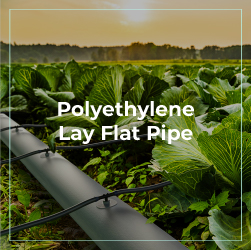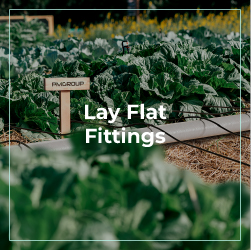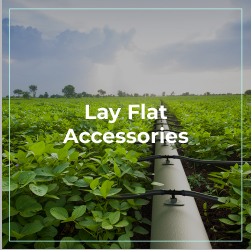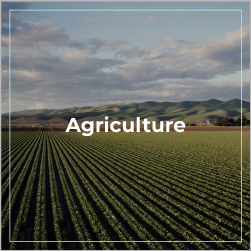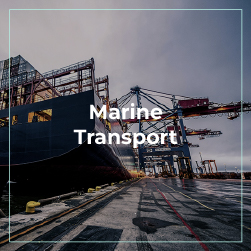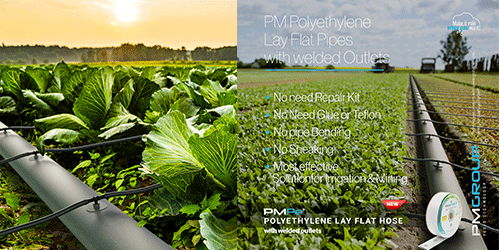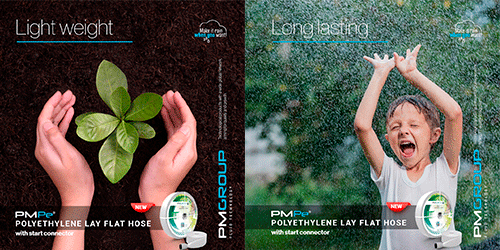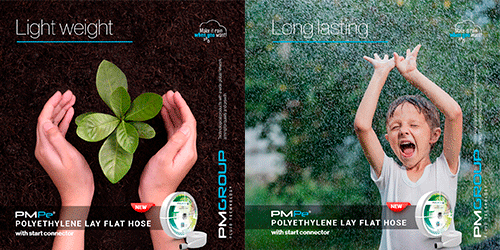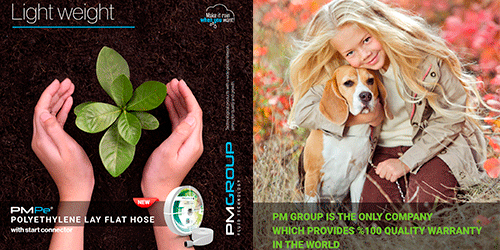Layflat hose are essential tools in various industrial and agricultural applications, known for their flexibility, durability, and ease of storage. The manufacturing process of layflat hoses with integral welded outlets is a critical aspect of producing high-quality, reliable hoses. This article explores the key components and processes involved in the production of these specialized hoses.
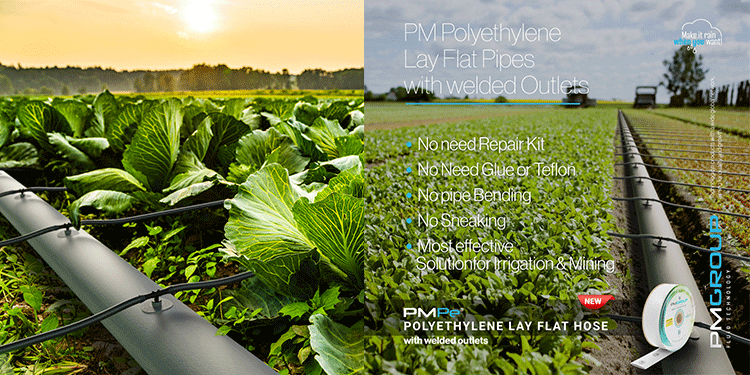
Understanding Layflat Hose
Layflat hoses are designed to be flexible and lightweight, allowing them to “layflat” when not in use. This design feature makes them ideal for applications such as irrigation, firefighting, and water transfer. Unlike traditional hoses, layflat hoses can be easily coiled and stored compactly, saving space and facilitating ease of transport.
The development of layflat hoses with integral welded outlets also reflects broader trends towards sustainability and efficiency in manufacturing. As industries become increasingly aware of their environmental impact, there is a growing emphasis on producing hoses that not only perform well but also contribute to a more sustainable future. Manufacturers are exploring eco-friendly materials and processes to reduce waste and improve the overall environmental footprint of their products. This commitment to sustainability not only benefits the environment but also aligns with the evolving standards and expectations of modern industries, further driving innovation and quality in the layflat hose market.
Integral Welded Outlets Layflat Hose
Integral welded outlets refer to the process of integrating the hose outlets directly into the hose during manufacturing. This method ensures a seamless connection between the hose and its fittings, reducing the risk of leaks and improving the overall durability of the hose. The welding process creates a strong bond that enhances the hose’s performance and longevity.
The innovation in layflat hose manufacturing has led to significant improvements in efficiency and durability. By incorporating advanced welding techniques and high-quality materials, manufacturers are able to produce hoses that not only meet but exceed industry standards. This evolution ensures that layflat hoses with integral welded outlets offer superior performance under extreme conditions, such as high-pressure scenarios or harsh environmental factors. As industries continue to demand more reliable and effective solutions, the ongoing advancements in manufacturing technologies promise even greater enhancements in the capabilities of layflat hoses, solidifying their role as indispensable tools across various sectors.
Manufacturing Process
Material Selection: The manufacturing process begins with selecting high-quality materials. Typically, layflat hoses are made from durable synthetic fabrics and elastomers, such as PVC or polyurethane. These materials provide strength and flexibility while resisting abrasion and chemical exposure.
Extrusion and Weaving: The selected materials are then processed through an extrusion machine, where they are shaped into the hose’s tubular form. In parallel, the hose is reinforced with woven fibers to enhance its structural integrity and pressure resistance.
Welding Outlets: The integral welded outlets are formed by heating the hose material and the outlet fittings. The welding process ensures that the fittings are securely attached to the hose, creating a continuous and leak-proof connection. This step is crucial for maintaining the hose’s effectiveness in high-pressure applications.
Quality Control: After welding, the hoses undergo rigorous quality control tests. These tests include pressure testing to ensure the hose can withstand its intended operational conditions and inspection for any potential defects.
Finishing: The final step involves trimming and finishing the hoses to the required specifications. This includes cutting them to length and adding any additional features, such as coupling or reinforcement, based on the intended application.
Applications and Benefits
Layflat hoses with integral welded outlets are used in various fields due to their robust performance and ease of maintenance. They are ideal for applications that require quick deployment and reliable performance, such as:
- Agricultural Irrigation: Efficient water transfer over large areas.
- Firefighting: Rapid deployment and high-pressure water delivery.
- Construction: Transferring water or other fluids on construction sites.
- Industrial Applications: Handling fluids in various industrial processes.
The integral welded outlets contribute to the hose’s reliability by eliminating potential weak points that could cause leaks or failures. This design feature enhances the overall efficiency and safety of the hose in demanding environments.
The manufacturing of layflat hoses with integral welded outlets represents a sophisticated process that combines material science, engineering, and precision. By integrating welded outlets into the hose, manufacturers ensure a higher level of performance and durability, making these hoses a preferred choice for a wide range of applications. Understanding the production process helps in appreciating the quality and reliability of these essential tools in modern industry.

